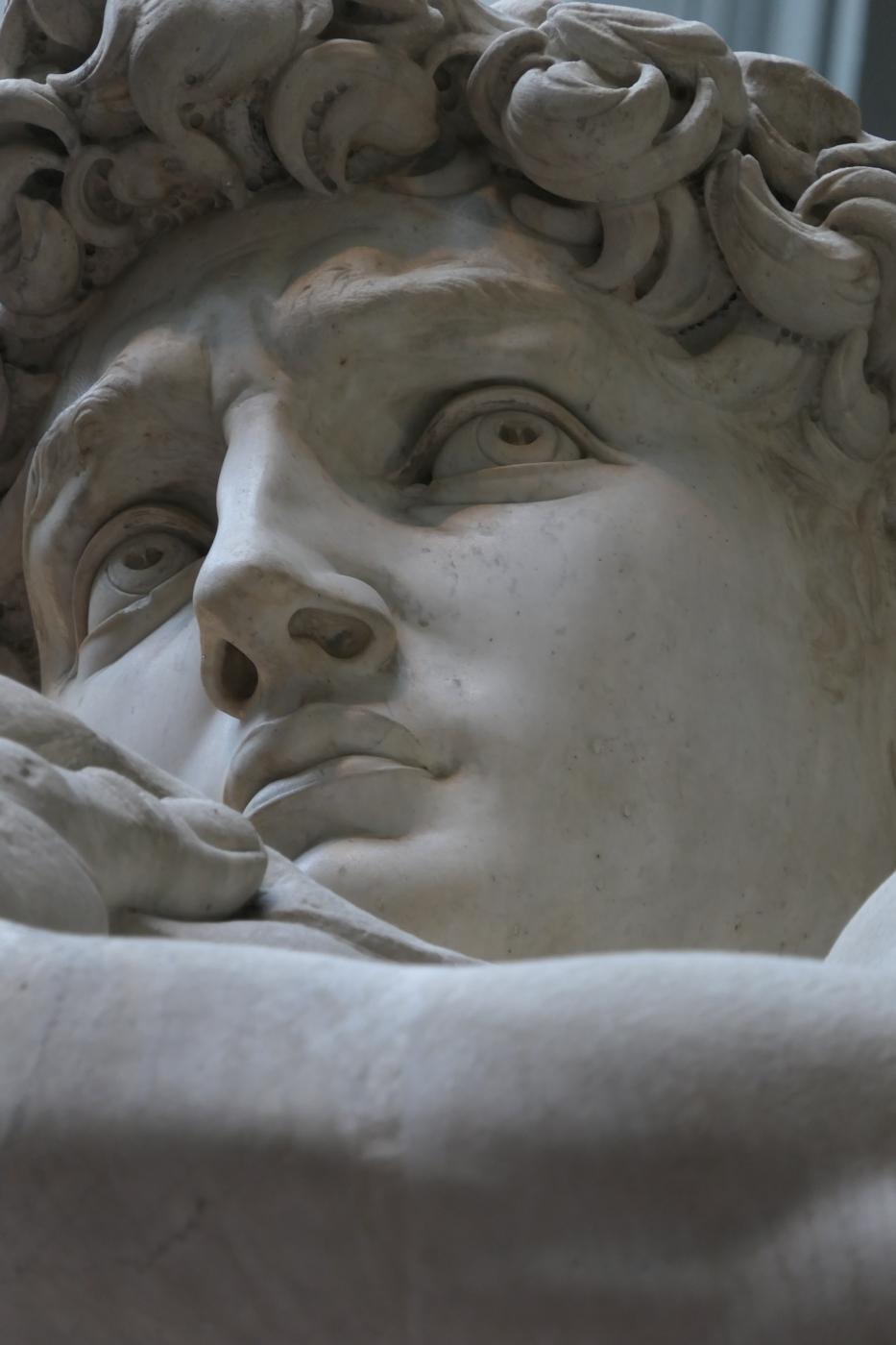
In the Middle Ages, David became an important symbol of the Republic of Florence. Surrounded as they were by powerful neighbours (the Duchy of Milan, the Venetian Republic, the Papal States, the Kingdom of Naples, even foreign powers like France), they came to identify with David, standing alone in defiance of Goliath, and David became a frequent subject of Florentine art.
The sculpture was initially commissioned from the sculptor Agostino in 1464, and he personally selected the huge marble block from a quarry at Carrara. However, two years later, when his master Donatello died, for reasons unknown, Agostino ceased work on the project, leaving the statue roughly blocked out.
It then lay, neglected and unloved, in the yard of the Cathedral workshop until 1501, when steps were taken to do something with it. The 26-year-old Michelangelo Buonarotti beat out several other artists, including Leonardo Da Vinci, to win the contract.
Michelangelo's David was originally intended for the roof of the Duomo, but when it was finished it became clear it was too heavy to lift that high. (this is why the hands and feet are over-sized, so they could be clearly seen even when the statue was in position, high on the Cathedral roof.) Instead, it was moved to the Piazza dela Signoria (the main government building) as a reminder of Florence's defiance of it's enemies.
Fine Art Image
Uploaded 2025-06-15T09:51:10+00:00
views
comments
